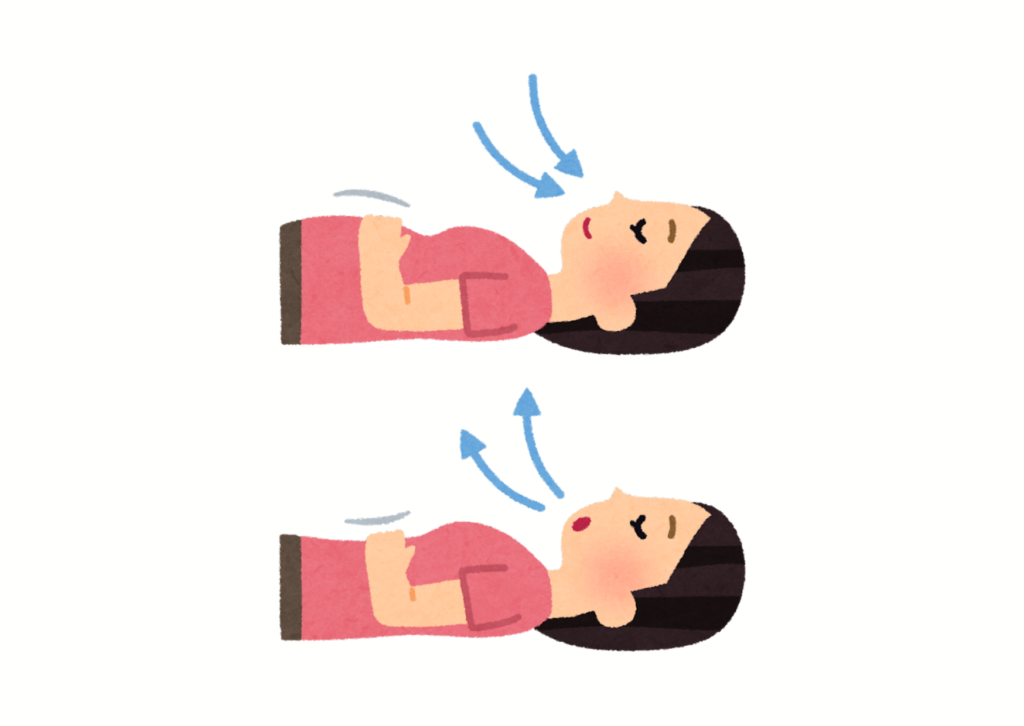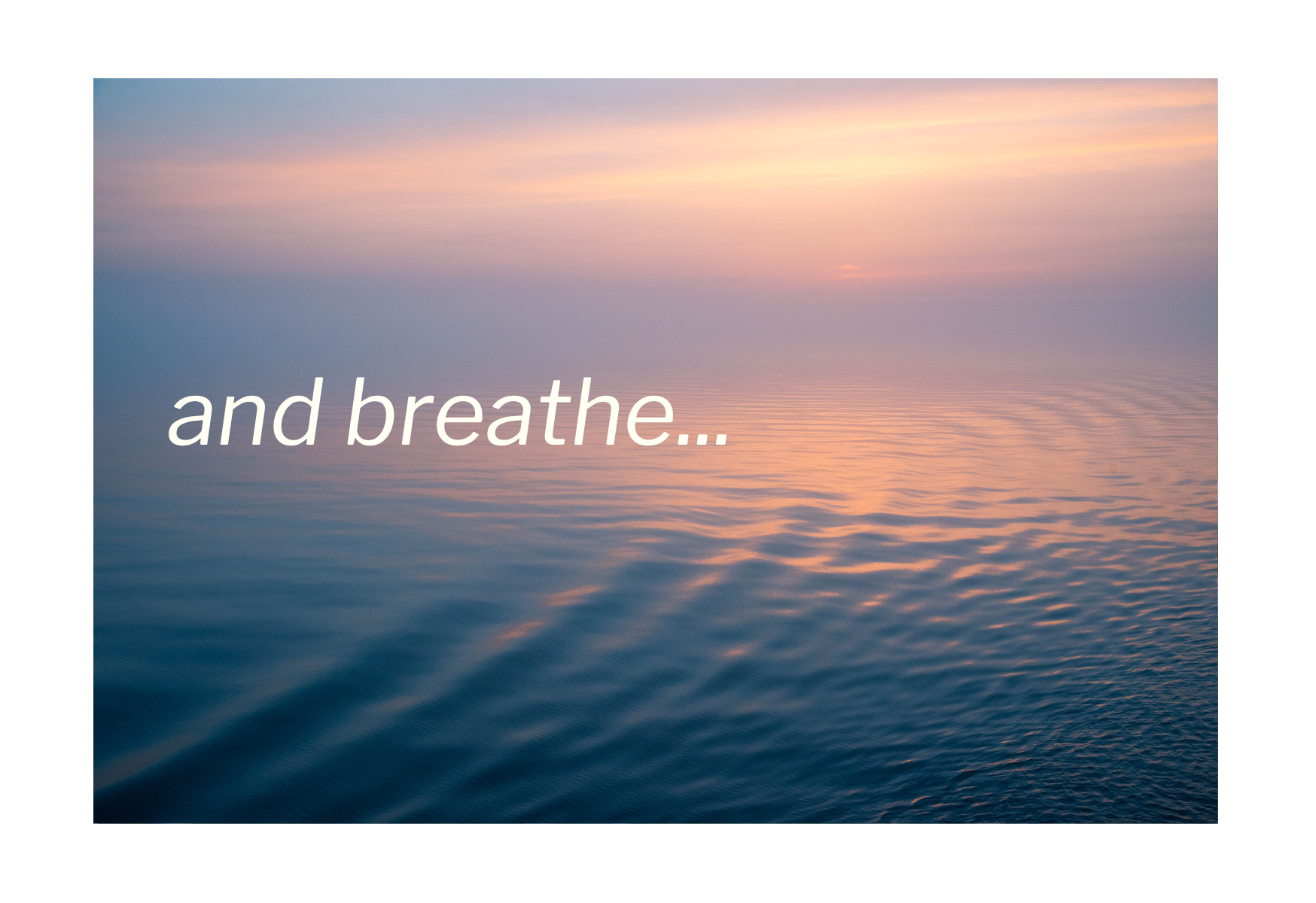If you’re looking for a way to manage feelings of anxiety, stress and nervousness, I want to share something that has truly changed my life – The power of conscious breathing.
I’ve struggled with feelings of anxiousness and nervousness most of my adult life.
Examples of situations could be before/ during a dentist appointment, an interview, travel, new social situations, and sometimes even when I’m trying to fall asleep or when I wake up in the morning. My heart rate might go up, my thoughts can be all over the place, palms can get sweaty, and I often feel a physical sensation in my body, usually in the solar plexus.
When I learned how to manage these feelings with conscious breathing, everything changed.
I remember the first time I consciously tried a breathing exercise, I was pleasantly surprised at how quickly I could feel a noticeable difference. The heart rate went down, the body relaxed, and my mind began to calm down.
3 Breathing Techniques That Have Helped Me
Here are three of my favourite breathing techniques that have helped me manage anxiety, stress and nervousness:
1. Diaphragmatic Breathing (Belly Breathing)
This was one of my first introductions to conscious breathing.

How to do it:
1. Sit or lie down comfortably.
2. Place one hand on your chest and the other on your belly.
3. Inhale deeply through your nose, letting your belly rise.
4. Exhale slowly through your nose or mouth, feeling your belly fall.
5. Focus on making your exhale longer than your inhale.
I often use this simple technique in my everyday life. Whenever I feel overwhelmed, I take 3 deep breaths. This immediately helps me relax and relieve any anxious feelings.
If I struggle to fall asleep, I focus on slowing down my breathing and count my inhales and exhales. I usually breath in for a count of 6 and out for a count of 8, really relaxing and letting go on the exhale.
Simply try it out and find what works best for you.
2. Box Breathing
Box breathing has been a lifesaver when I’m feeling stressed or overwhelmed.

How to do it:
1. Sit comfortably with your back straight – take a deep breath and relax your shoulders.
2. Breathe in through your nose for a count of four.
3. Hold your breath for a count of four.
4. Breathe out through your nose or mouth for a count of four.
5. Hold your breath for a count of four.
– Repeat the cycle 5 – 20 times.
I love how easy it is to remember this soothing and relaxing technique. It’s perfect for when you need a quick reset or feeling stressed out.
3. Alternate Nostril Breathing
I first came across this when I started doing Yoga. It’s great for balancing mind and body.
How to do it:
1. Sit comfortably with your spine straight.
2. Use your right thumb to close your right nostril.
3. Inhale deeply through your left nostril.
4. Close your left nostril with your right ring finger.
5. Open your right nostril and exhale fully.
6. Inhale deeply through your right nostril.
7. Close your right nostril with your right thumb.
8. Open your left nostril and exhale fully.
– Repeat the cycle several times.
I use this technique when I need to calm my mind and bring myself back to the present moment, often in combination with Yoga.
If you struggle with feeling anxious or nervous, I recommend trying these methods. Making it a habit is important – start small and gradually make these practices a regular part of your life, one breath at a time.

Note. Feeling anxious at certain times are completely normal, but if your anxiety is impacting your daily life, it might be time to find out whether it may be an anxiety disorder. There’s a lot of help available. You can start by doing a Google search for “How to cope with anxiety” or seeing your GP.


